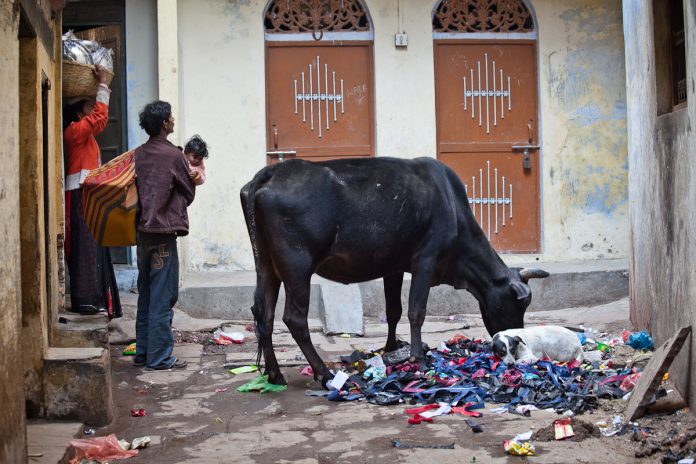More than 160 million people in India are considered untouchables or Dalits; people who belong to the lowest caste because of their origin, customs, and traditions. The untouchable caste has long been considered tainted, shunned, and subject to the cruelties of society.
Hindus untouchables do the dirtiest of jobs and live in constant fear that upper-class Indians, by all traditions and customs, may publicly humiliate, strip, flog, beat, and rape Dalits. Merely walking in upper caste areas is a life-threatening crime. Almost 90% of all extremely poor and 95% of all illiterate Indians are Dalits. The word Dalit translates to oppressed or poor and is usually used to refer to people who were once called untouchable because of the filth and poverty linked to their work.
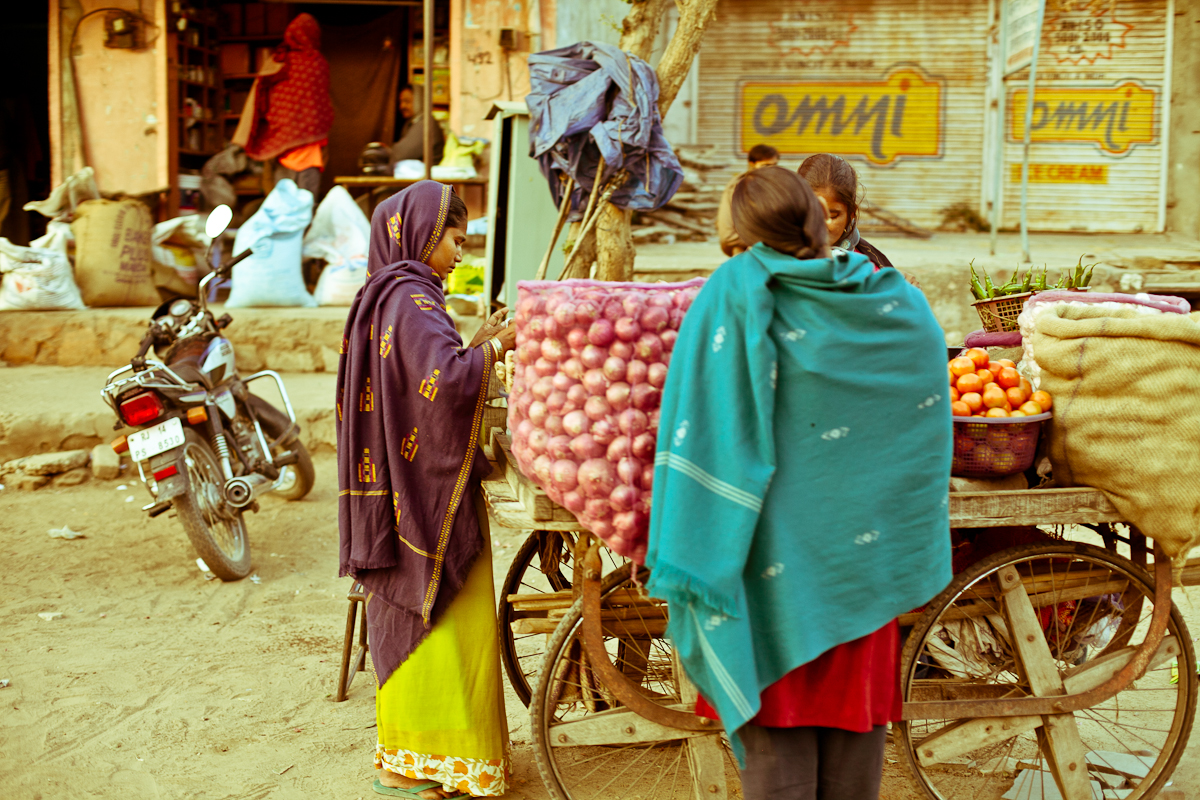
Every hour or so, two untouchables are attacked, three Dalit women are raped every day, two Dalits are murdered and at least two houses of untouchables are burnt down. Since the police, village councils and government officials often maintain a caste system based on religious teachings of Hinduism, there is a lax response to the crimes committed and the abuse of untouchables, resulting in many crimes not being reported, often the police demand a bribe in order to get help for Dalits.
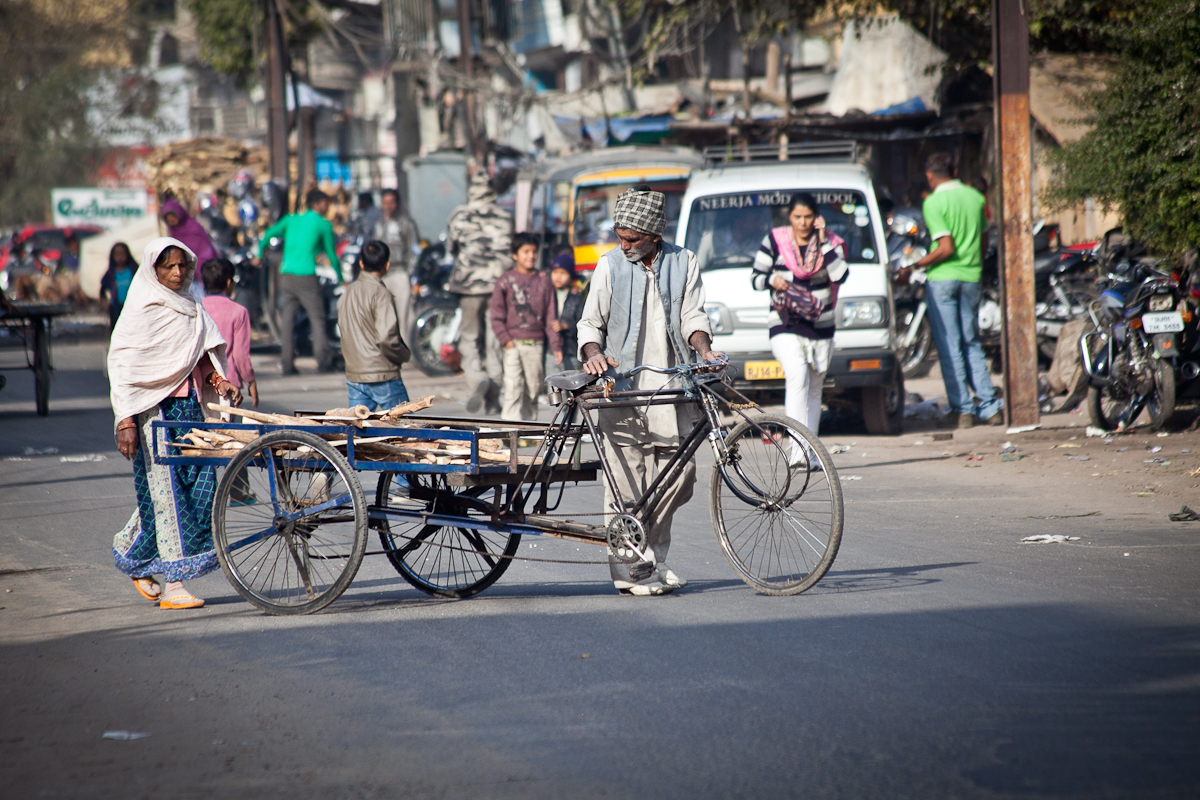
Even though the ill-treatment and exclusion of untouchables was officially outlawed when India adopted its constitution in 1950, discrimination against Dalits has remained quite widespread. The Indian Constitution prohibits discrimination but not the caste system. A person’s caste of birth determines their occupation, level of education and potential marriage partner. Violence against the untouchables is now being encouraged, partly as a result of the growing the human rights movement, which is demanding the rights of Dalits and resisting the dictates of untouchables.
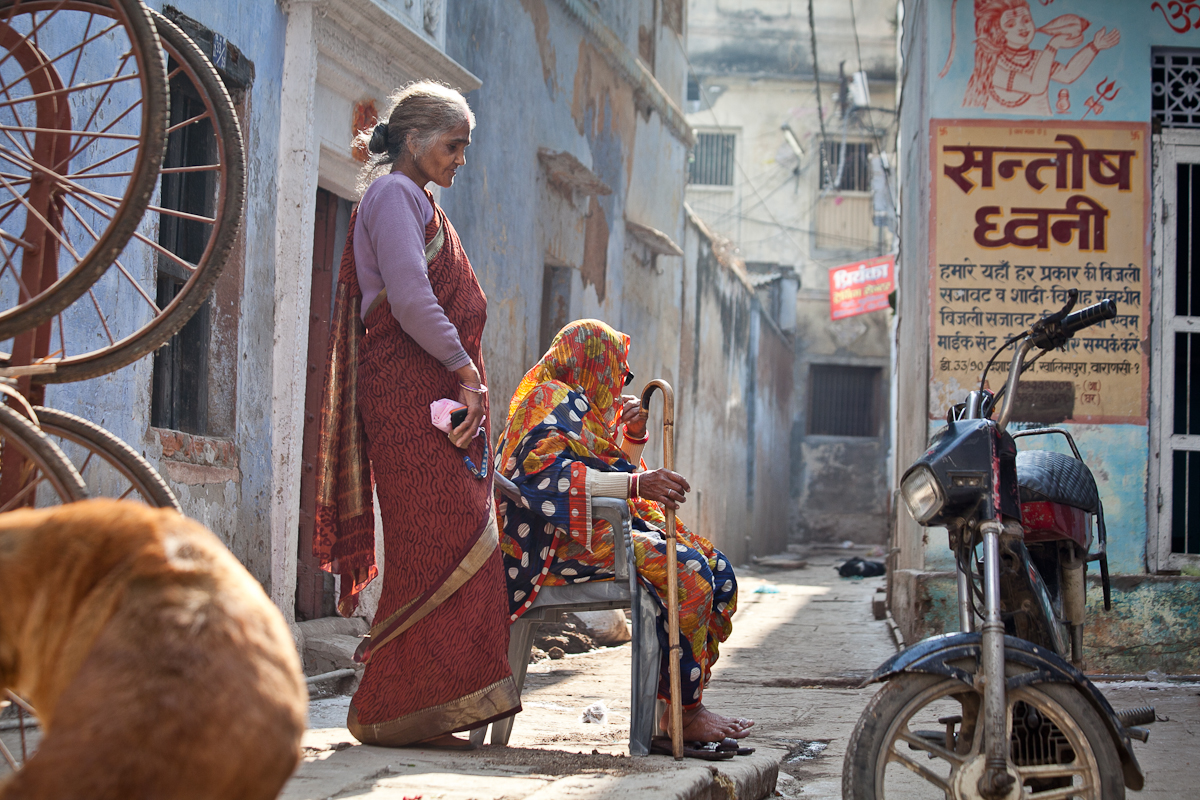
Hindus believe that a person is born into one of four castes, based on the principles of karma and chastity; how they have lived in a past life. Brahmanas are priests and teachers, Kshatriyas are rulers and soldiers, Vaishyas are traders and Shudras are workers. Within the four castes there are thousands of sub-castes defined by occupation, region, dialect, and other factors. The untouchables are literally the outcasts, a fifth group that is unworthy of entering the caste system.
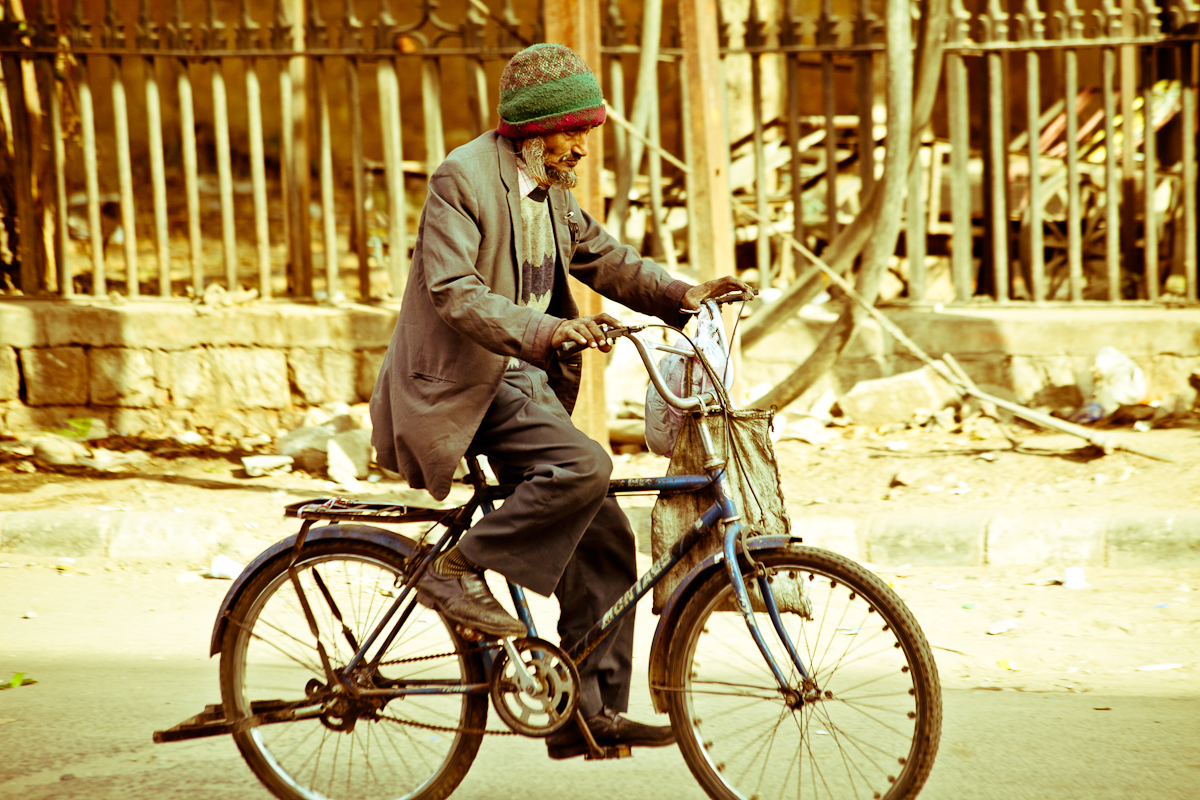
Dalits are not allowed to use public water supply, visit temples, or hold weddings. Untouchables have to bring their own utensils to public eating places to avoid contaminating the utensils of upper caste members. In shops the upper caste do not take money from the hands of the Dalits, they must first put it down and then the vendor takes it. Dalits cannot have any contact with the other four castes. Untouchables have always been associated with various filthy jobs or professions: cleaning public toilets or working with dead animals. These jobs pay extremely low wages and people are considered slaves.
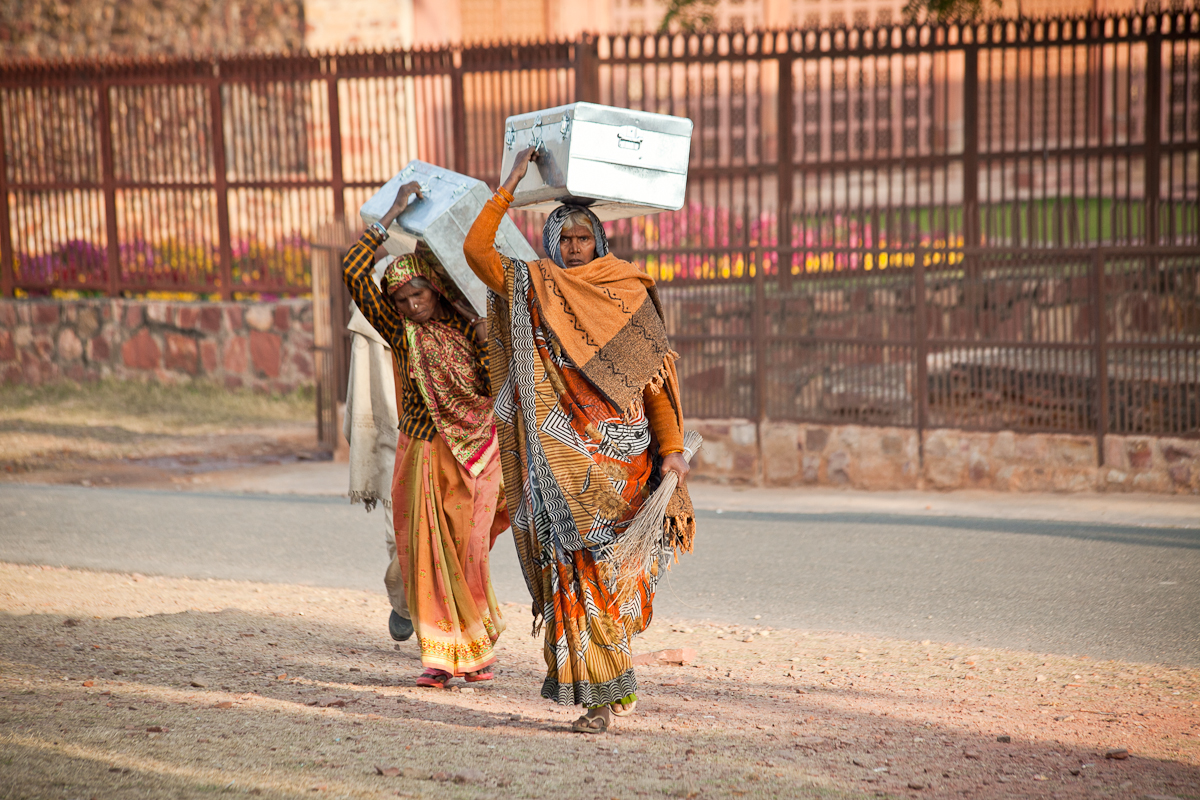
For untouchable women it is even harder; they are often sexually assaulted, frequently by upper-caste residents and police officers. A 42-year-old woman was raped and burned alive after she, her husband and two sons were held captive and tortured for eight days. For what you ask? Simply because one of her sons ran away with the daughter from an upper caste family. The local police knew that the Dalit family was imprisoned but did nothing about the local influence of the upper caste.
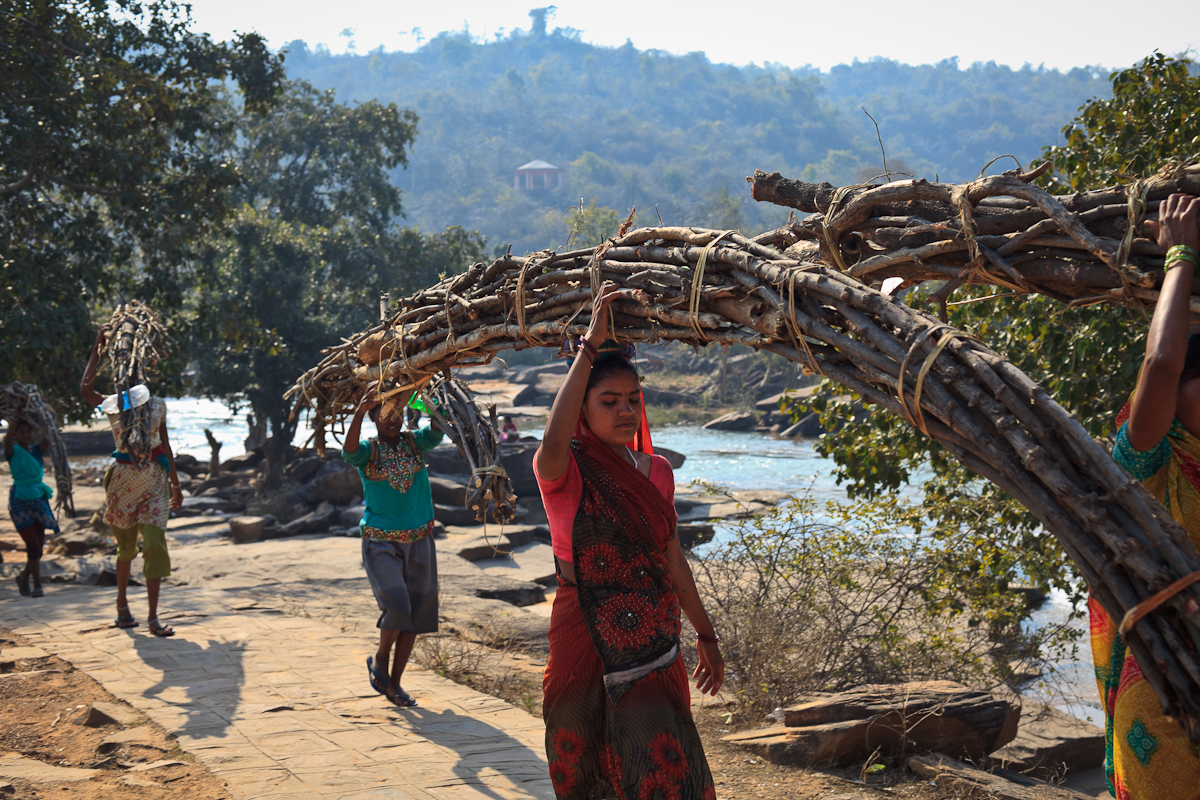
Thousands of teenage girls are forced into prostitution, all under the guise of a religious practice called devadasi — “woman is a servant of god”. The girls are sanctified or “married” to the deity. Once sacrificed, the girls can no longer marry and are forced to have sexual relations with members of the upper caste community and are eventually sold to the city’s brothel.
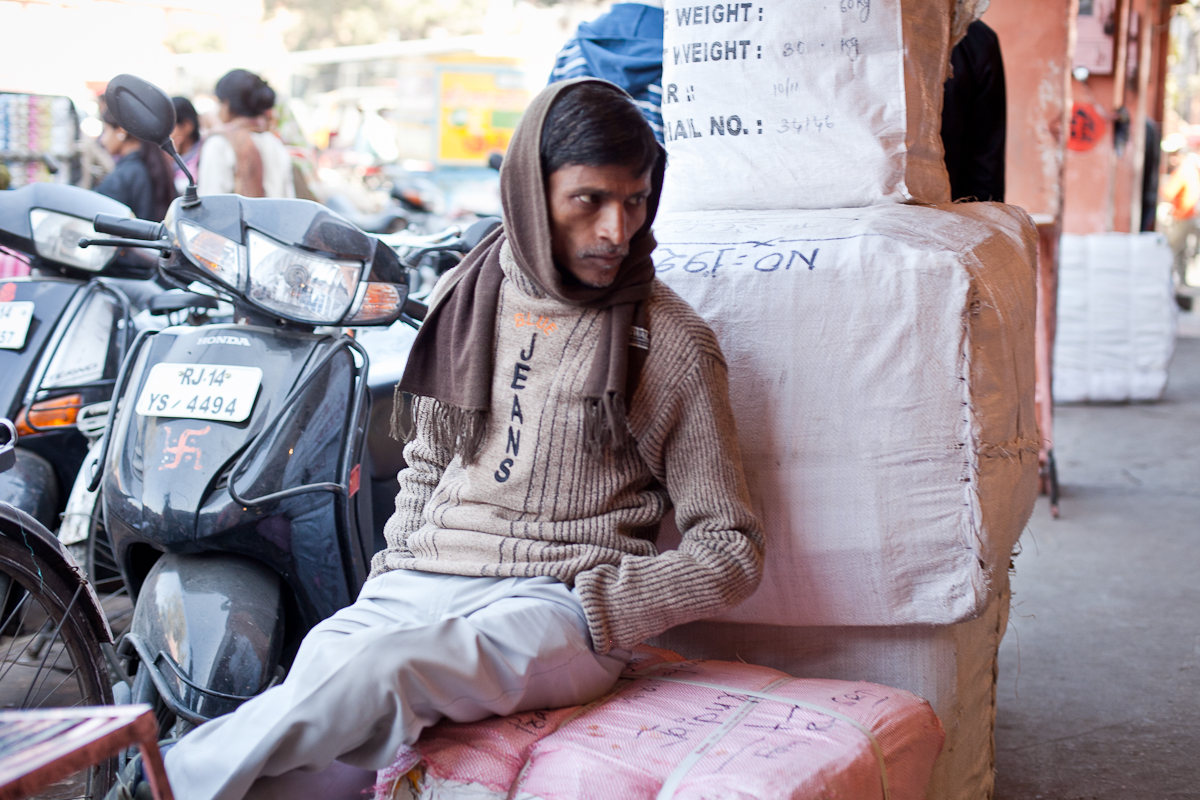
Dalit literacy is very low, with a literacy rate of 2-6%. Dalit children are often discriminated in schools, forced to sit at the back of the classroom and forbidden to touch or interact with other caste children. As a result, those who do enter school leave very early due to social or economic factors.
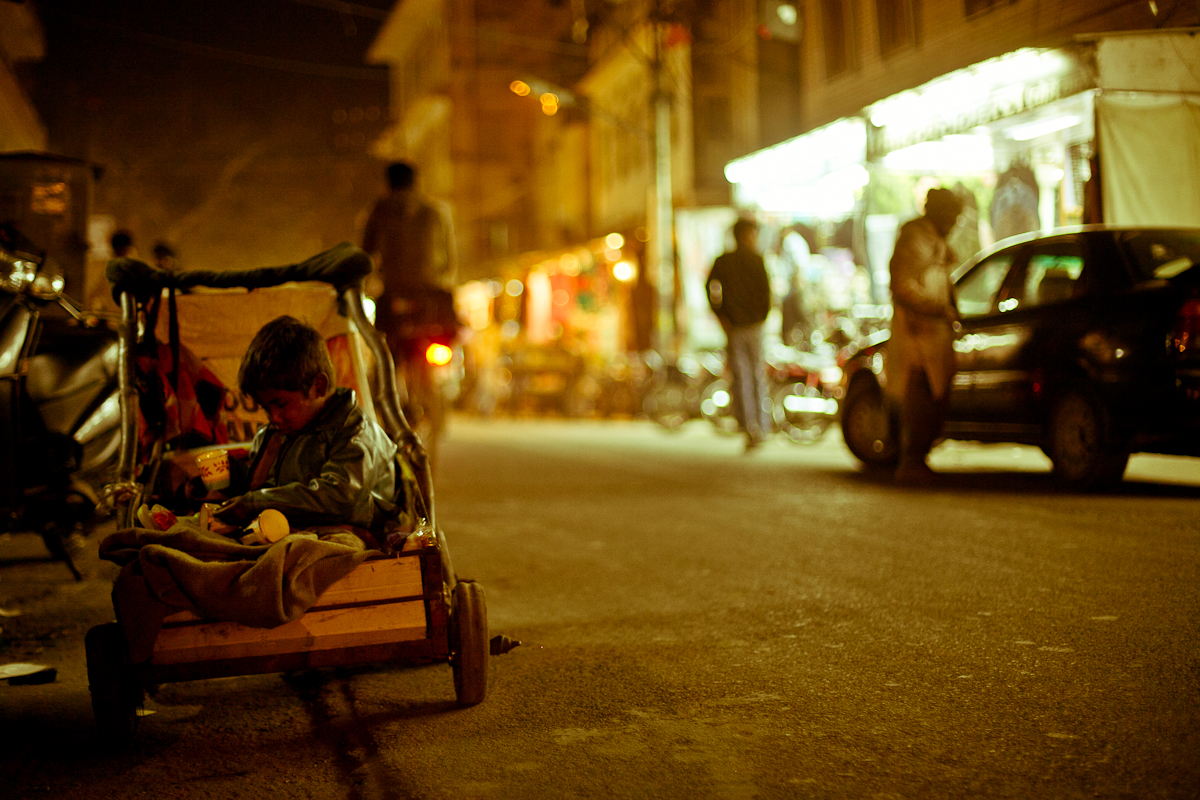
A few months ago, P. Ramaraj, the president of the Vattavada Village Council, who speaks out against discrimination against Dalits, decided to fund a hairdressing salon where all are welcome. Dalits cannot visit hairdressers frequented by other castes. Many barbers and hairdressers have refused to cooperate and do their part to promote tolerance for the untouchables. For Dalits, this news means much more than that: it is a fight for their rights.
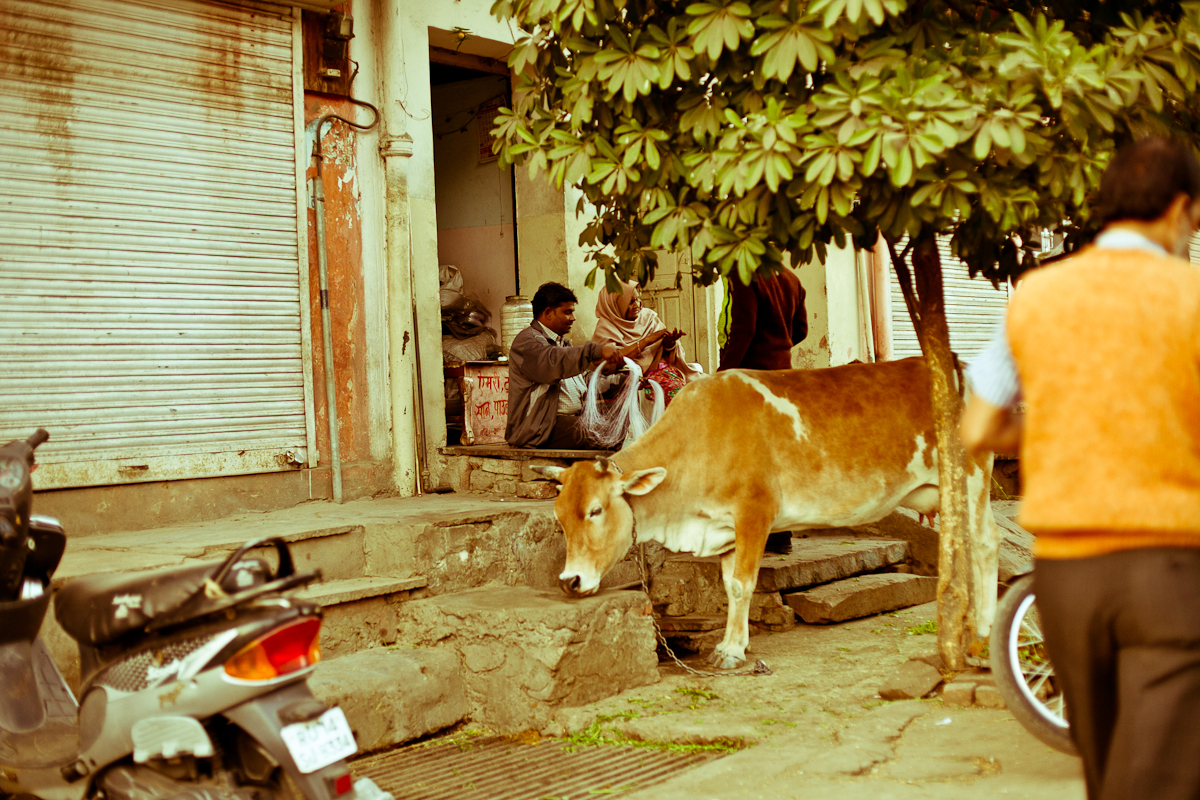
There is now a growing number of activists, trade unions and other NGOs that are organizing themselves to demand their rights democratically and peacefully, higher wages and a fairer distribution of land to Dalits. Progress has been made in building a human rights movement in India and in drawing international attention to the issue. The younger generation of Dalits is fighting fiercely for their rights. People are being killed in protests. Dalits are extremely poor and have no land at all. One of the demands of the protesters: small plots of land for community members in the name of equality.

The situation for Dalits has now worsened. Unsurprisingly, some of the biggest victims of the COVID-19 pandemic were India’s untouchables. A disproportionate number of Dalits are confined to mostly menial and low-paid jobs, and poverty among the lowest caste makes them particularly vulnerable to the virus. The untouchables have limited access to health care and any other form of social protection. The quarantine has separated families, and because many Dalits work in other cities, they have no money to return home.
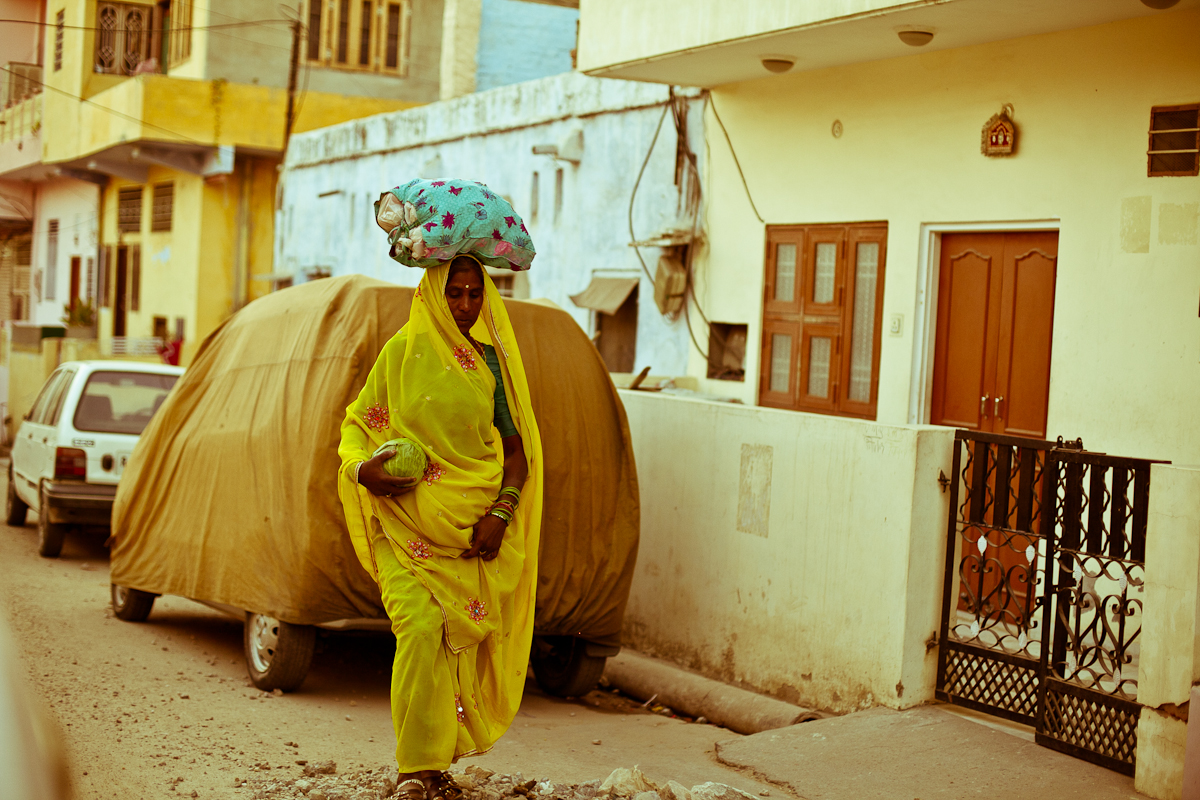
The struggle for equal rights in India has been going on for decades. The first activist was Mahatma Gandhi, who tried to break down stereotypes by calling the untouchables God’s people. The name Dalit was given to India’s lowest caste by Bhimrao Ramji Ambedkar, who belonged to the Brahmin caste and achieved quotas for in-demand jobs and university places for Dalits.
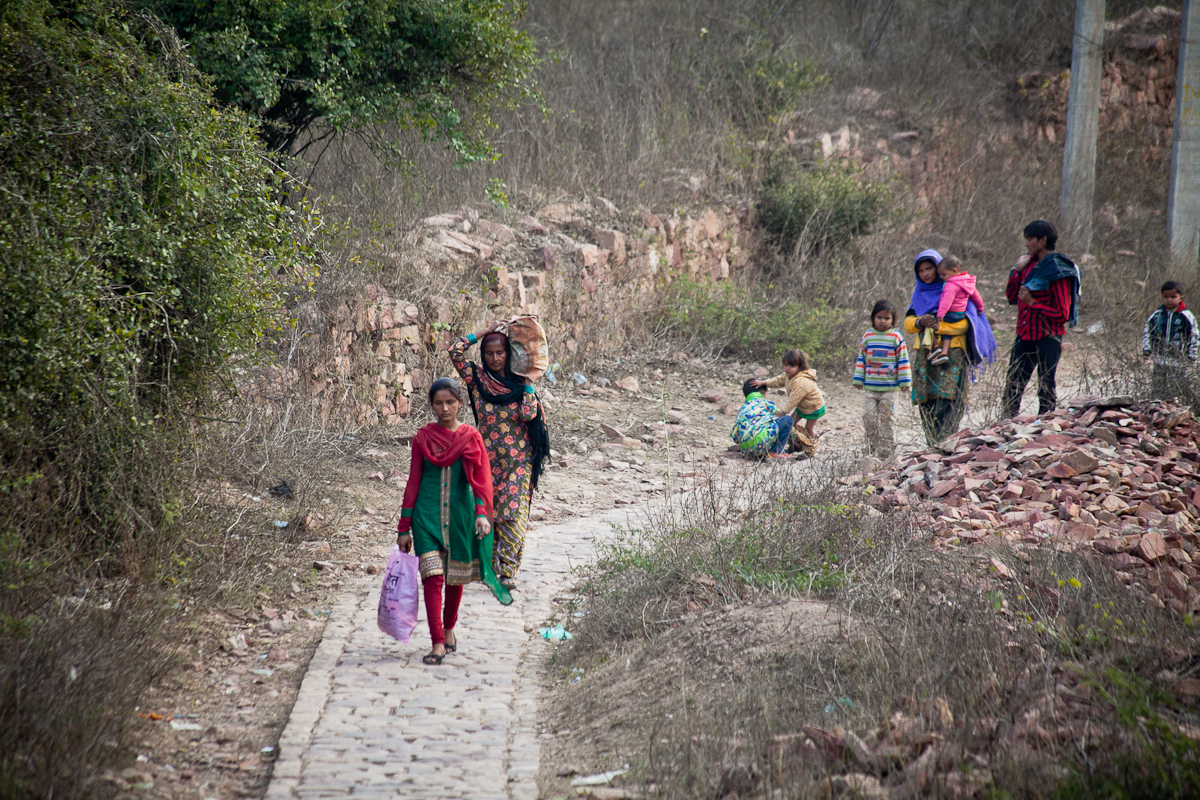
The number of untouchables in India is three times the size of the UK population. Modern Indian society is made up of around 20% Dalits. In theory, all castes have equal access to Indian society, but the reality is different.

